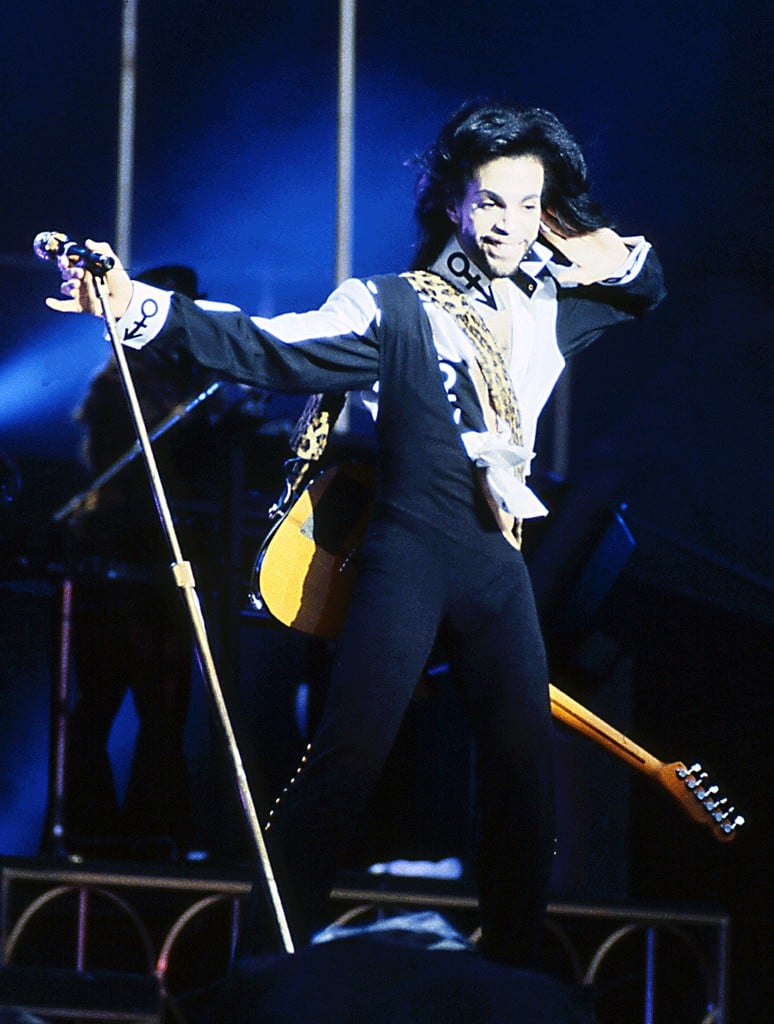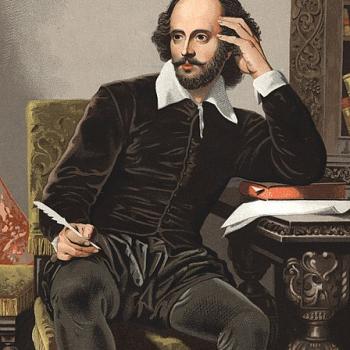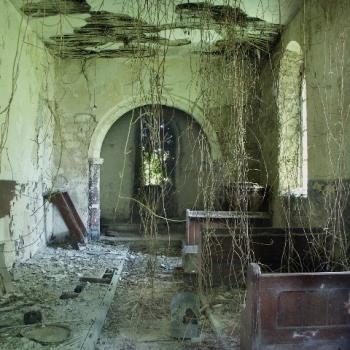image credit: http://www.flickr.com/photos/jimieye/503297960/. This file is licensed under the Creative Commons Attribution 2.0 Generic license. == Summary == {{Information |Description=Prince first visit to ireland |Source= http://www.flickr.com/photos/jimieye/503297960/ |Date= May 18, 2007 |Author= ”’jimieye”’ from flickr.com – http://www.flickr.com/photos/jimieye/ |Permission={{Cc-by-2.0}}
His music was danceable, dirty, playful, profound, gut-wrenching, and religious. You can add more adjectives if you like, ad infinitum, practically, to cover the range of his talent and the sheer prodigiousness of his output. Add also that he brought a fantastic flamboyance to the spectacle of performance, an over-the-top aesthetic that even Oscar Wilde would admire. There are artists who are artists, and performers who are performers, but there are also these fabulous individuals, exotic and rare, who make an art of performing the implications of being an artist. We lost one of these, David Bowie, earlier this year – and now we have lost Prince as well.
There are firm lines drawn between “person as self” and “person as artist.” That’s why, usually, we don’t want to meet the artists that we love, because they turn out to be petulant, unpleasant, rude, and worst of all boring. But it would seem that to meet Prince was to step into a zone in which the personal and the artistic were blended. He dressed with brilliant eccentricity. He kept doves in his house. He had a female alter ego, Camille. He changed his name to the “love symbol” and became “the artist formerly known as Prince” even after he became Prince again.
But unlike the showiness of mere performers, this shifting, glittering spectacle was not just superficial marketing. Prince was absolutely dedicated to his artistic work, which always involves, paradoxically, a kind of selflessness even when one plumbs the depths of one’s own conflicts and draws upon one’s many voices. The extravagance and complexity of this aesthete’s life can not have been easy to live with, and no one is likely to hold him up as a model of moral rectitude, but there’s something soulless about prating on moral rectitude immediately after anyone’s death. A person is always more complex than any summary of his deeds or misdeeds – and this post is not about morality, anyway; it is about art, which is also a pathway to God. And a gift.
How easily we fall into an austerity that leads to barrenness, turning aside from the glittering hummingbirds that dart to and fro sipping their nectar, turning aside from the music, fearing excess, fearing what will happen when we leave our narrow path. We know that the sweetness of the nectar may grow bitter, that the music may die. This is the “Apollonian” aesthetic of which Nietzsche wrote, and it has a terrifying purity about it. Apollo has no use for those who have sipped too much from the nectar. He shoots them with arrows, from afar.
Enter Dionysos, the musical god, the god of drunkenness. Too much of the Dionysian and one falls into chaos, the circling dance grows wider and wider, until it is no longer a dance at all. What will you do when you lie in the outer darkness, drugged with the sweet nectar? How will you hide from Apollo and his pure arrows?
That is what our Dionysian artists are for, to give us form and sensibility, so that as we dance we don’t careen too far – so we can turn to Apollo and say “there is glory here, also. There is dignity. I am still alive, maybe even a little sober. See me dancing? Do not shoot.”
It was during the Dionysian time of my life – the dark time – that I listened to Prince’s music the most. Also to Johnny Cash, and the Doors. I remember dancing like a madwoman to “Little Red Corvette.” I still turn it up and drive a little faster, when I am out on the road, on my own. What’s funny is that while I have bad memories – memories I am not even going to touch on, here – associated with some of the songs from that time, the songs themselves transcend that. The music lives on. When an artist dies before his time – but what does this mean, “before his time”? We think of all the music he still could have written, we imagine the musician or poet going to the grave with all this treasure still packed inside one, as though he were his own funerary urn. Let us also remember the artist as person, the mysterious individual (for everyone is, after all, mysterious) whose own grappling with life’s strange demands gave us, in turn, the help we need to grapple, also. Let us remember in prayer those who helped us to suffer, and to rejoice, and to dance.
There are artists that accompany us from the dark places to the bright. They give us the music we need to keep on dancing, dancing back from the outer rings of chaos. To these madmen and poets, these flamboyant graces, these complex and fluid multi-faceted souls, we owe perpetual gratitude.
Rest in peace, purple one.













